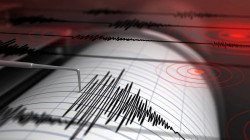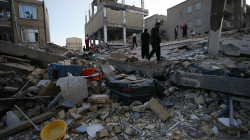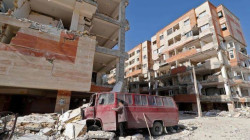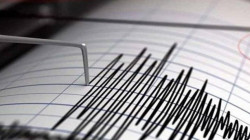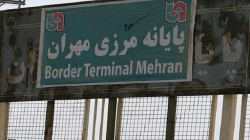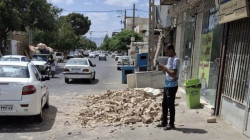Experts dismiss Iran nuclear test rumors after Alborz earthquake
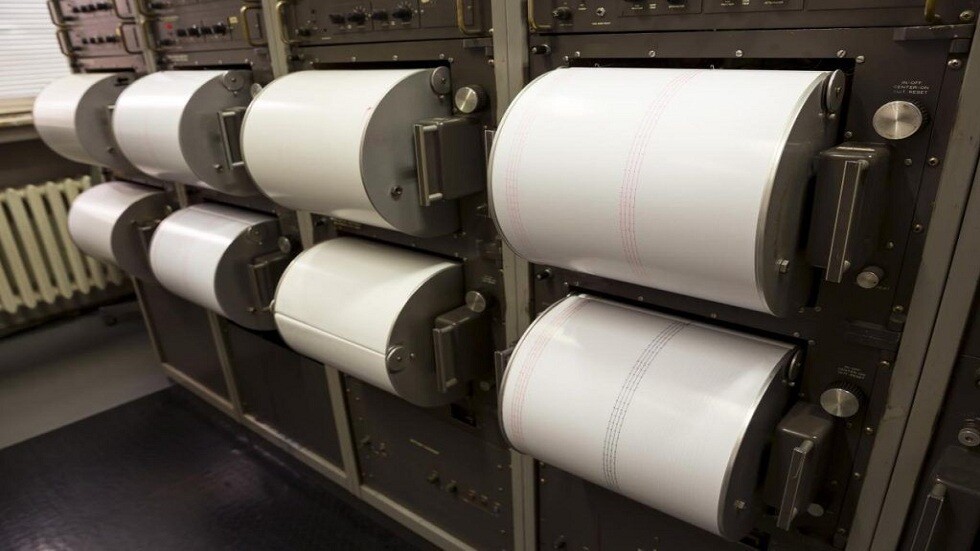
Shafaq News/ A moderate earthquake that struck northern Iran on Friday triggered speculation of a covert nuclear test. However, seismologists swiftly dismissed the claims, citing clear scientific evidence of a natural origin.
The quake, which measured over 5.0 in magnitude and struck at a depth of 10 kilometers in the Alborz mountain range, was consistent with historical seismic activity in the region, according to Dr. Ali Ramthan, professor of seismology at the University of Sumer.
“This was a classic reverse fault earthquake, recorded by 149 global stations,” Ramthan told Shafaq News. “No nuclear test could be carried out at this depth—it’s geophysically impossible.”
He emphasized that the seismic waves bore the unmistakable signature of a natural tremor, with primary and secondary wave patterns matching those observed in tectonic activity. International seismic monitoring centers, including the US Geological Survey, confirmed the natural profile.
Ramthan also ruled out the possibility of a secret nuclear detonation, warning that conducting such an experiment near an active fault line could trigger catastrophic earthquakes—a risk all nuclear-capable states actively avoid.
“Nuclear test-induced quakes are shallow and rarely exceed magnitude 3. This one exceeded 5.0, requiring energy equivalent to millions of tons of TNT—far beyond any known nuclear capability,” he said.
He concluded by labeling the speculation as “scientific ignorance or political manipulation,” asserting that the earthquake was entirely natural.
The Alborz mountains, located between the Caspian Sea and Iran’s central plateau, are among the most seismically active zones in the country and have experienced several major quakes in recent decades.
